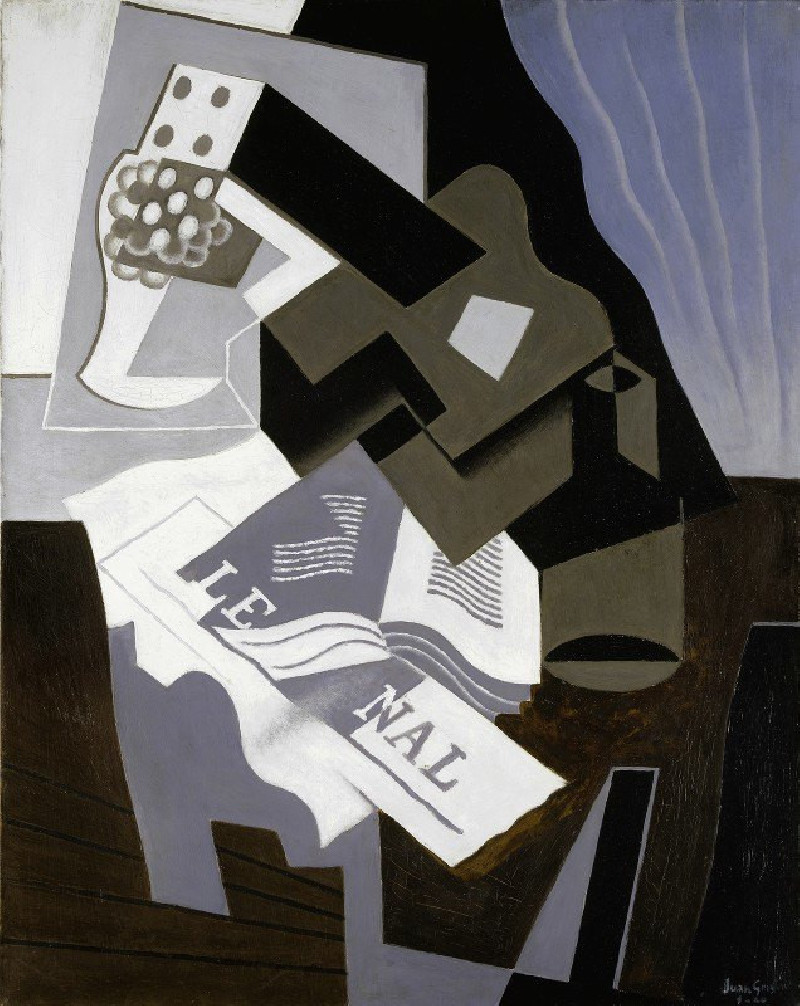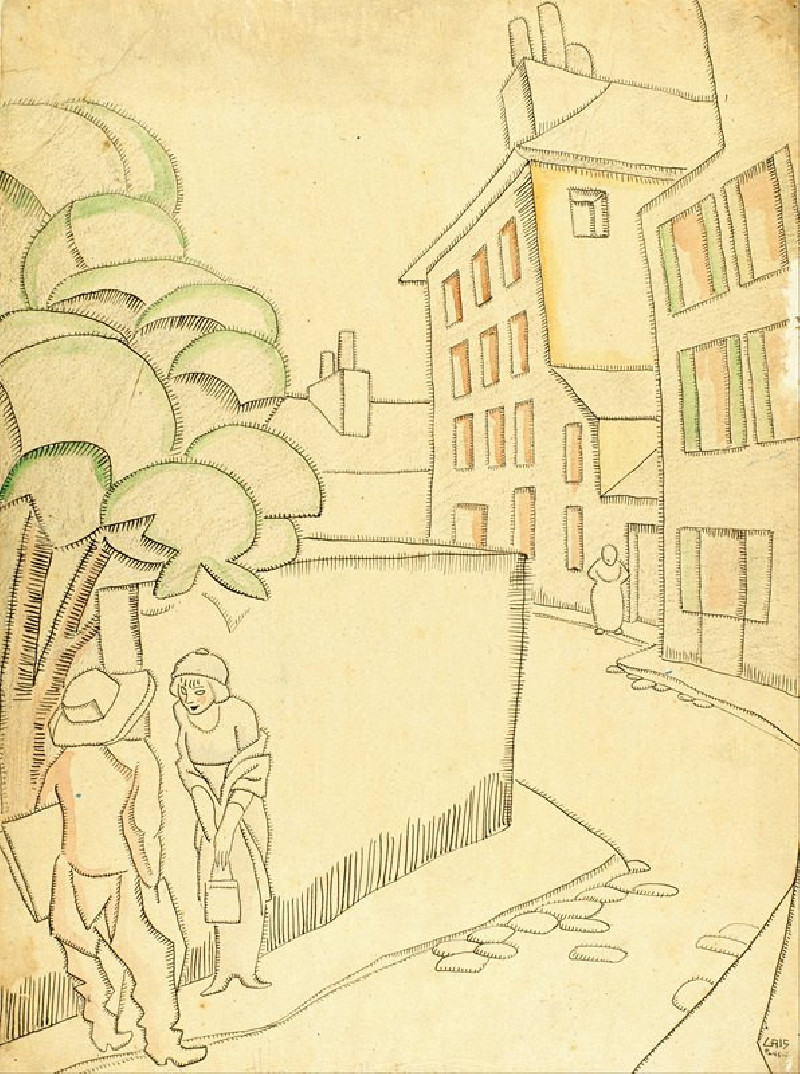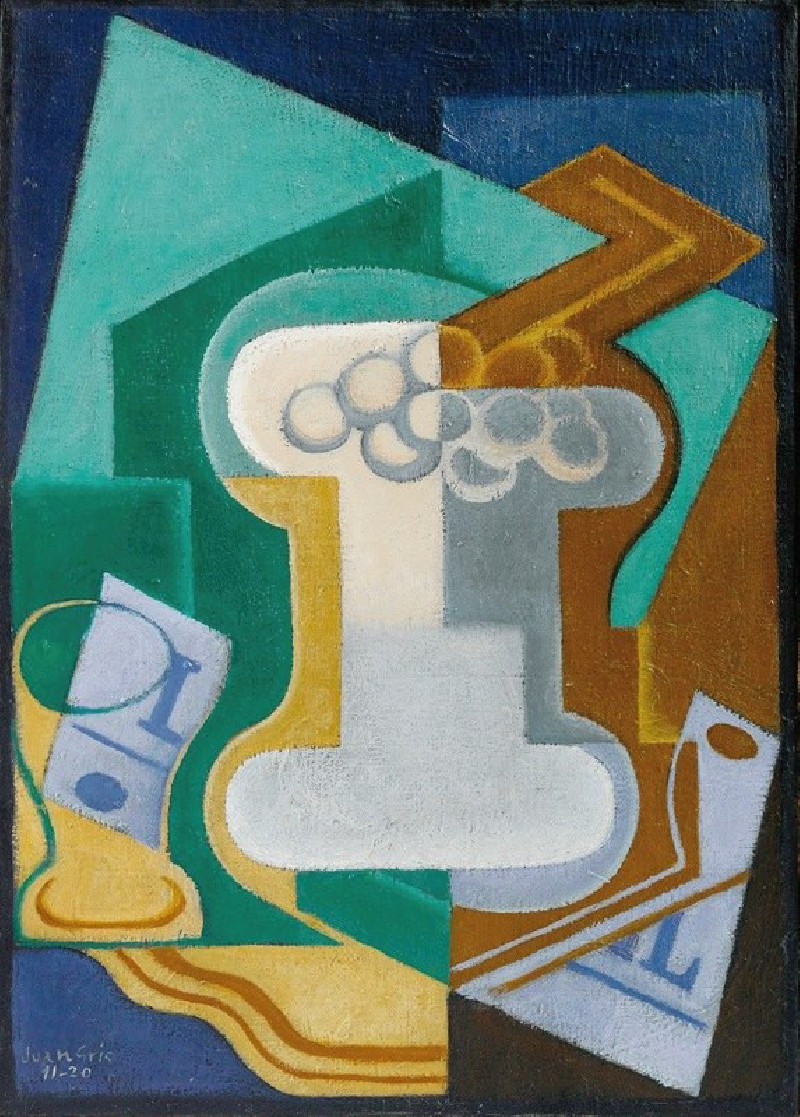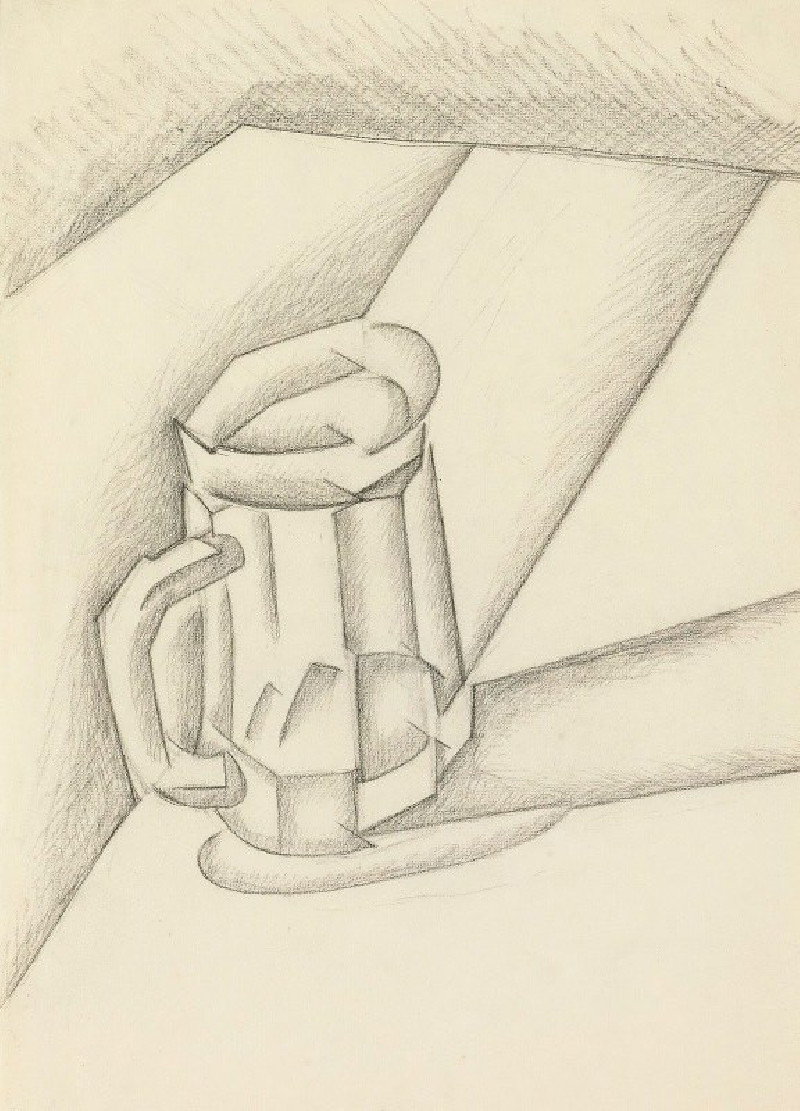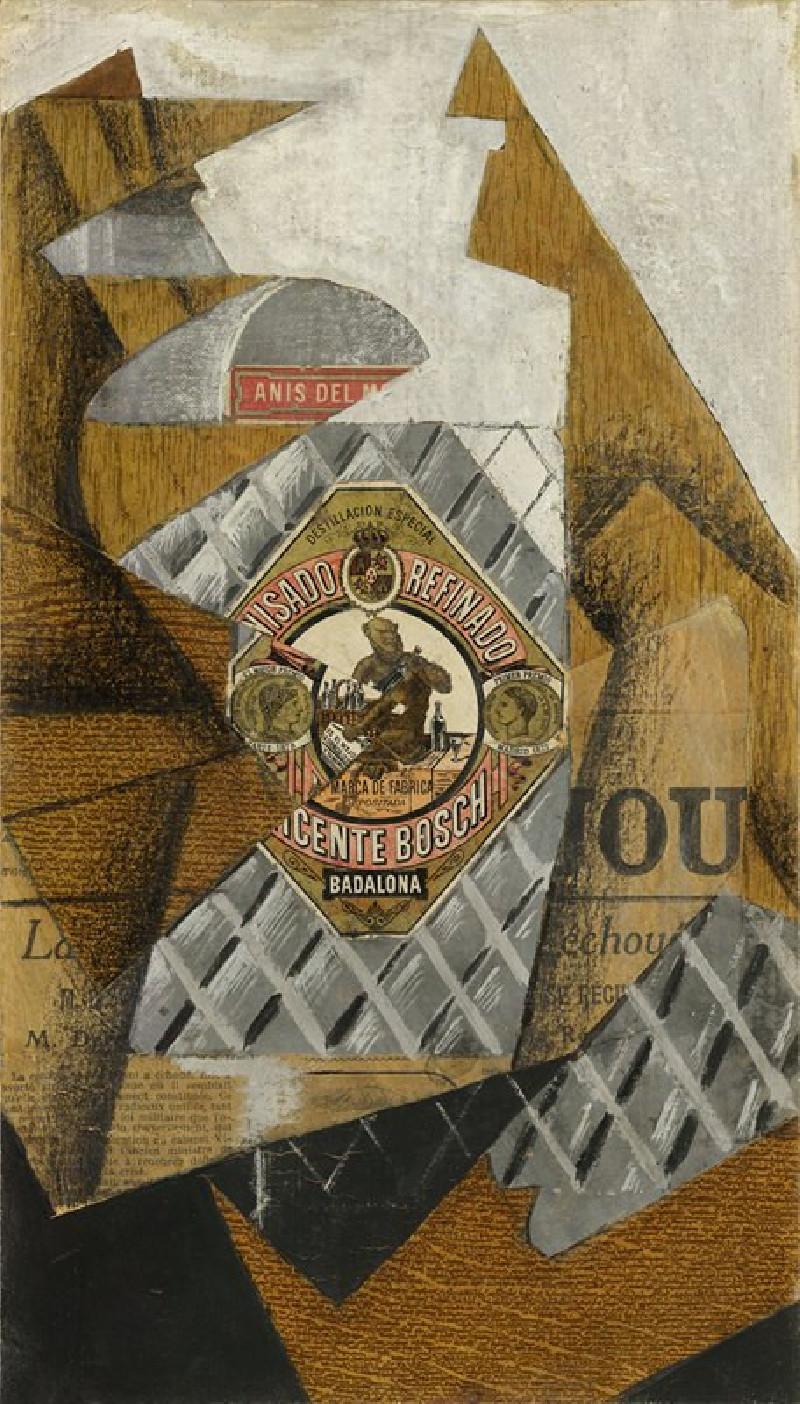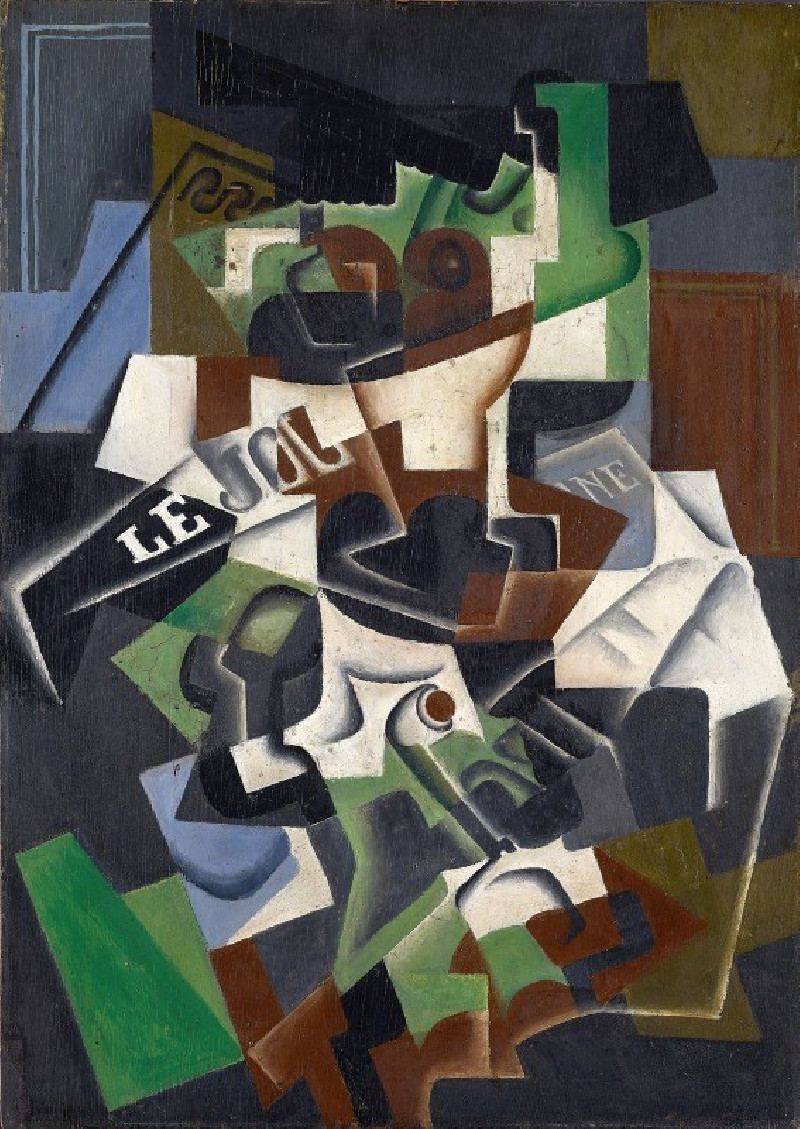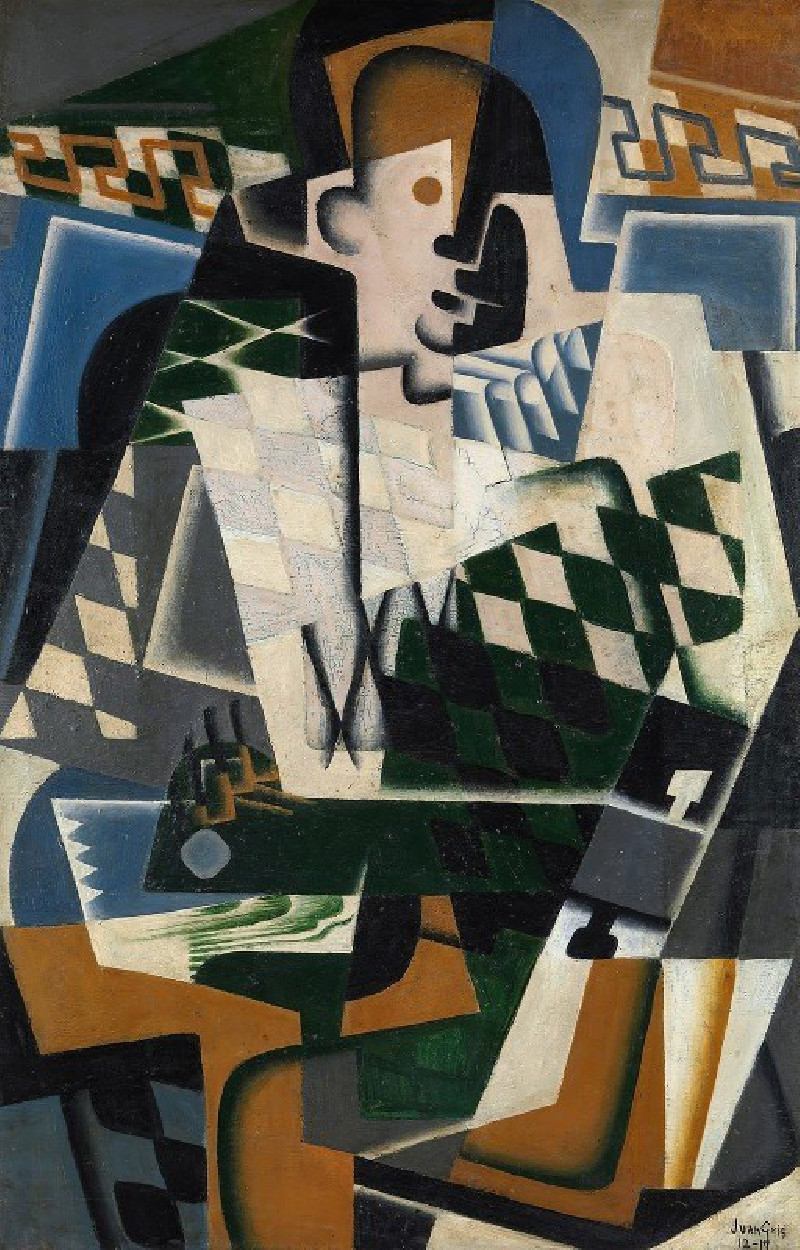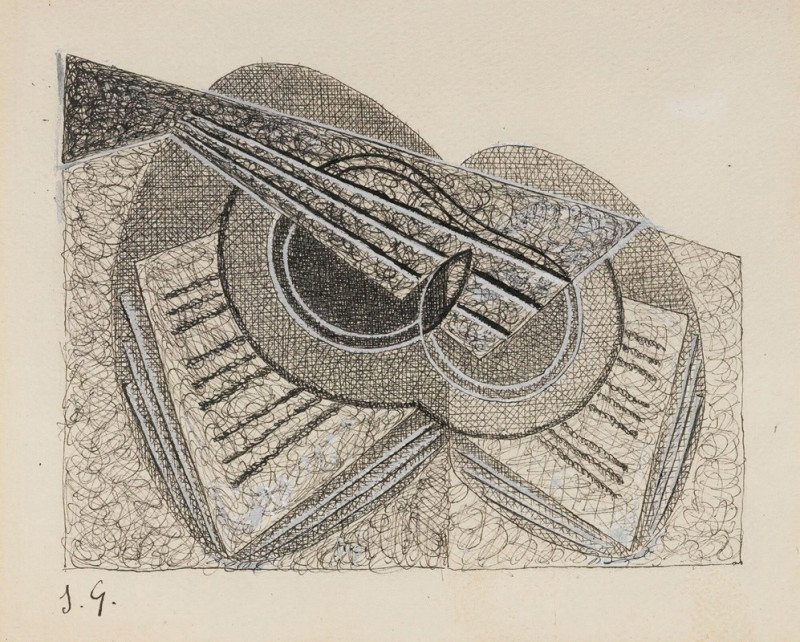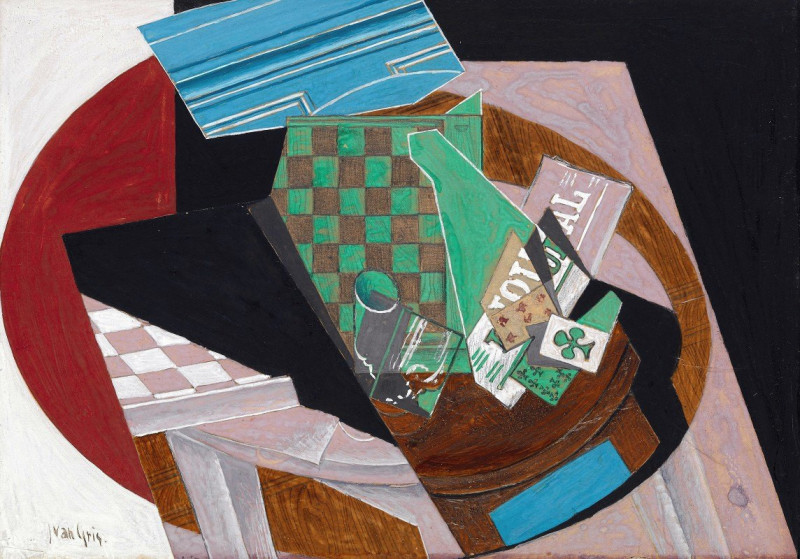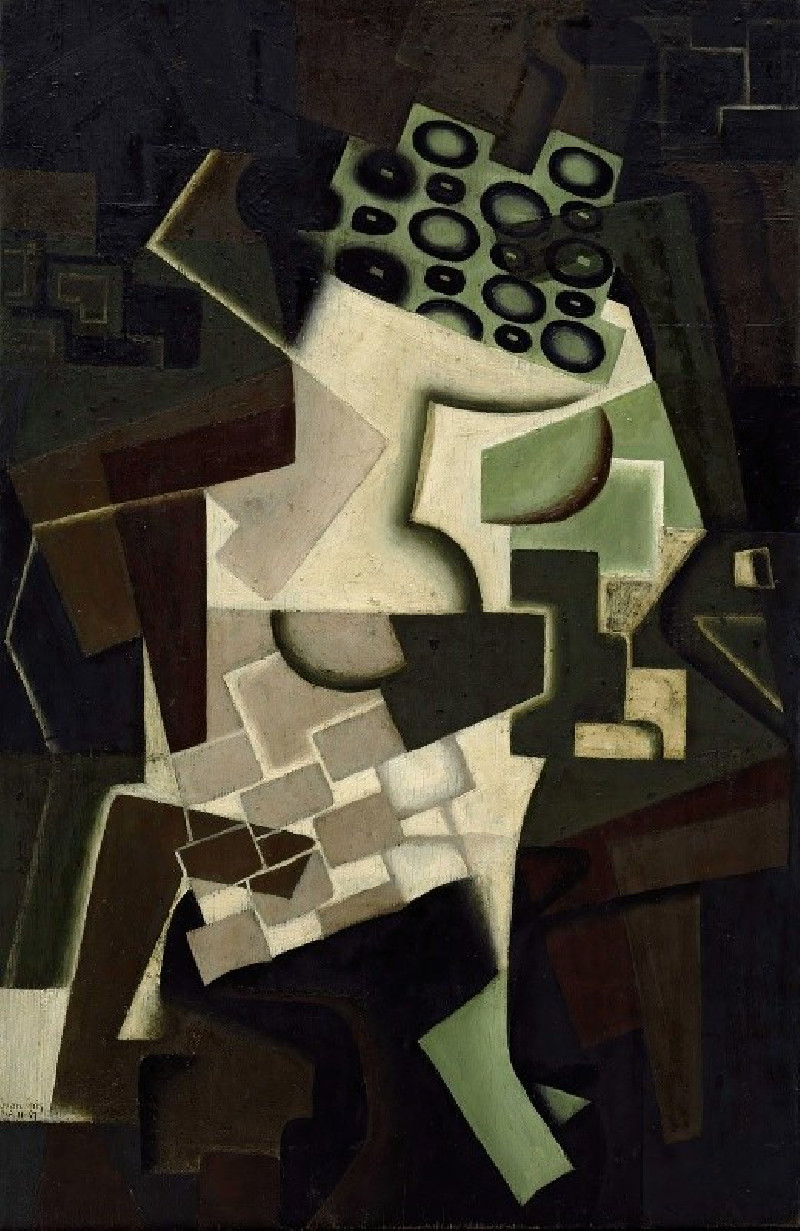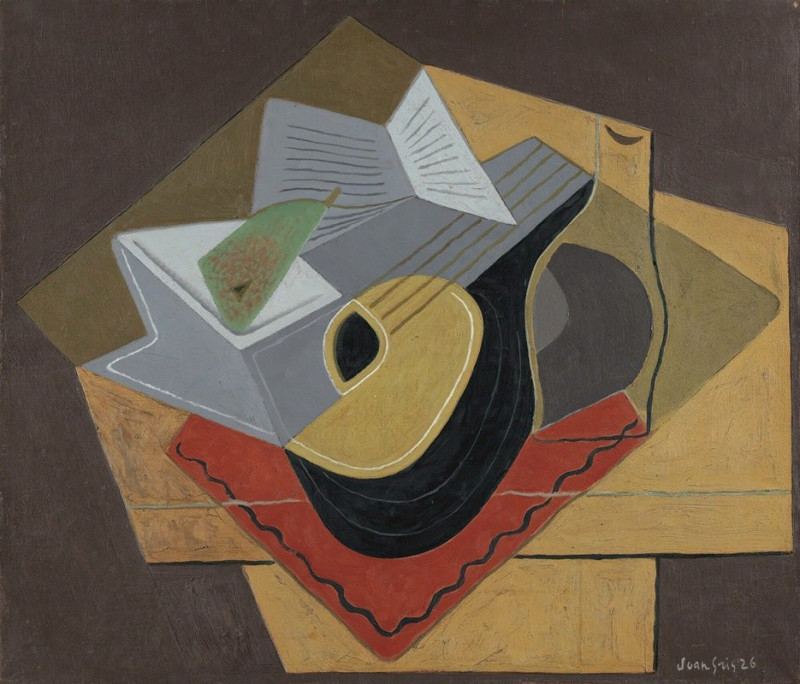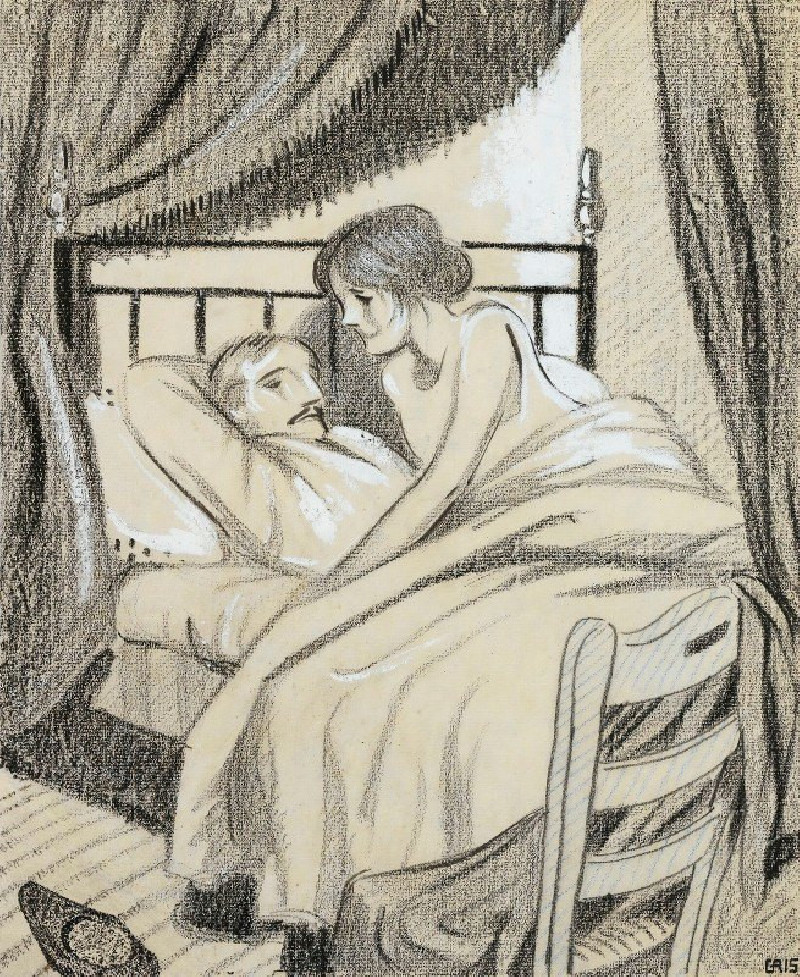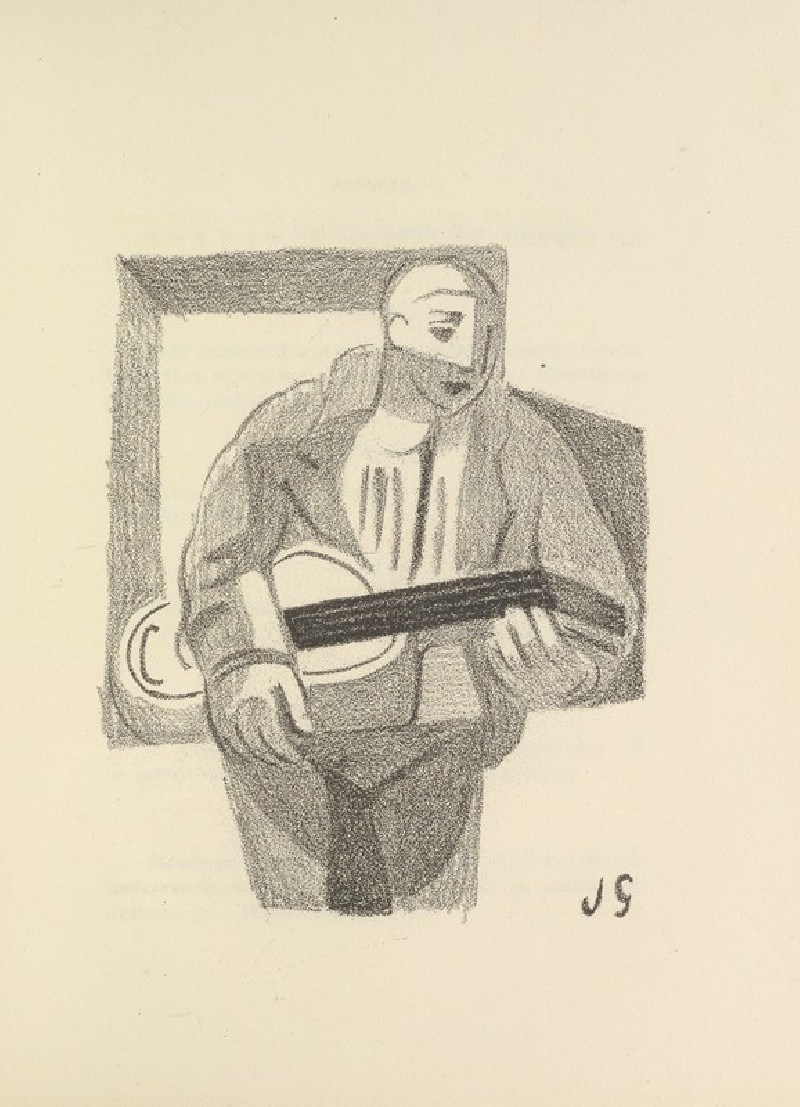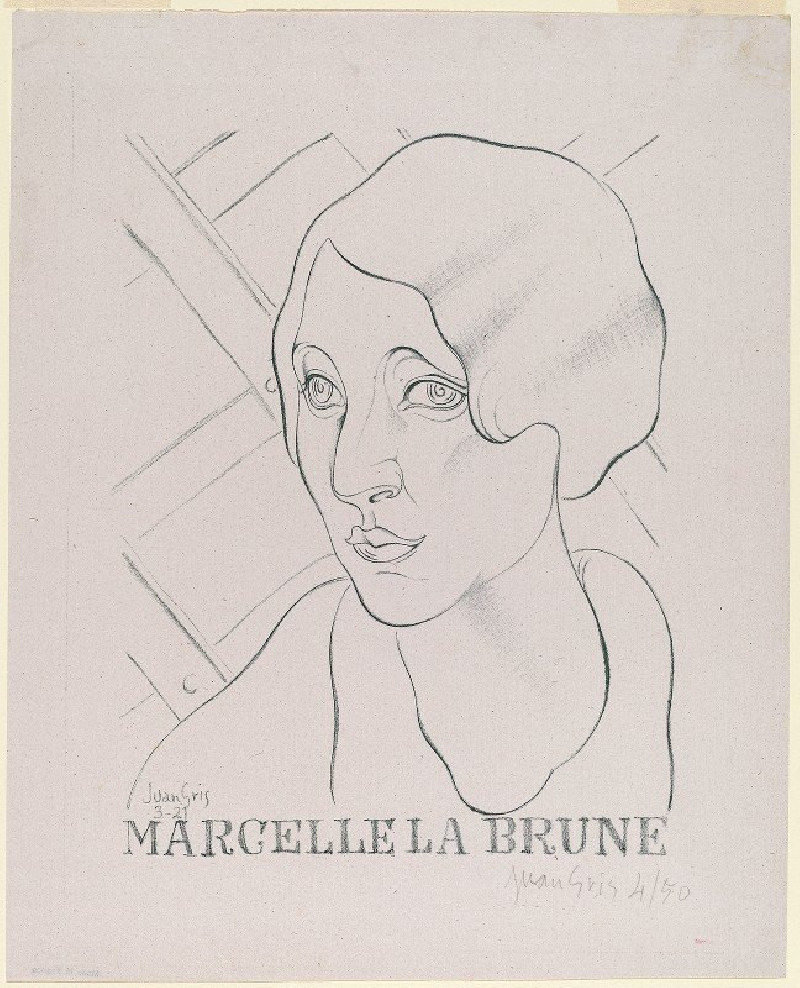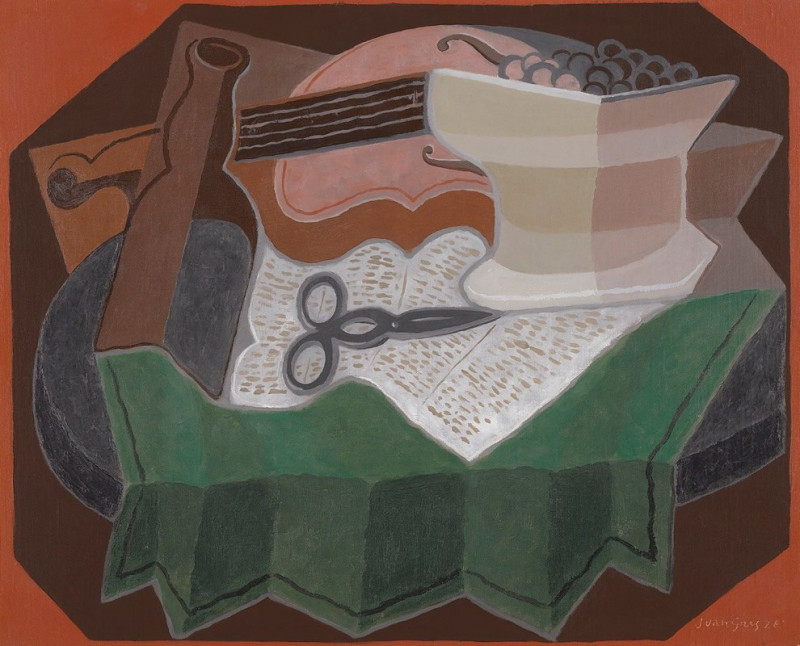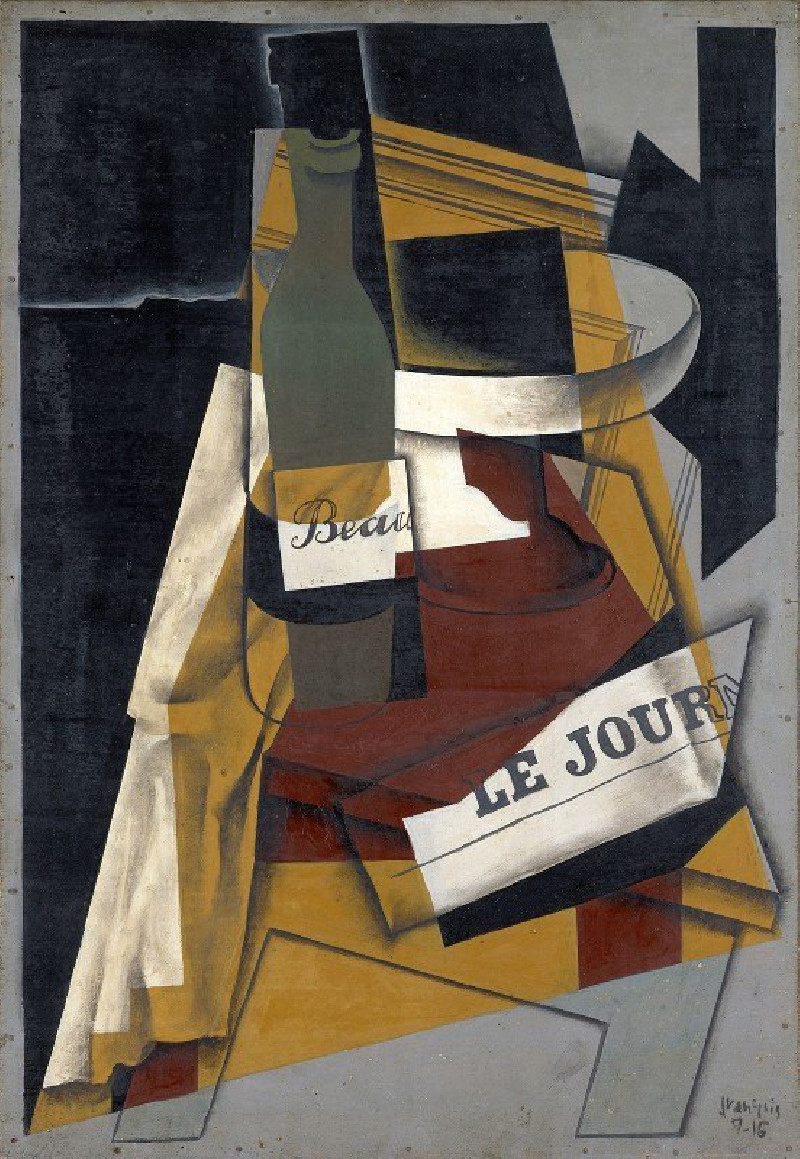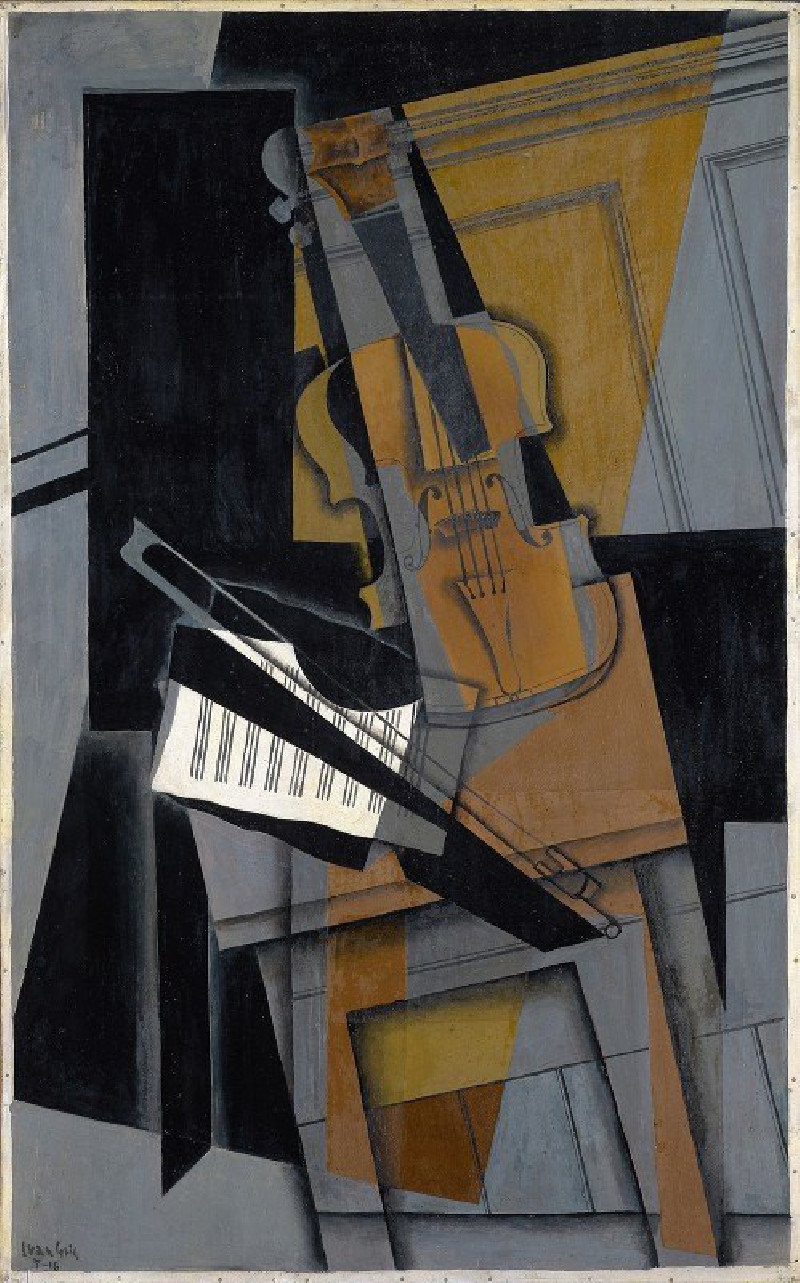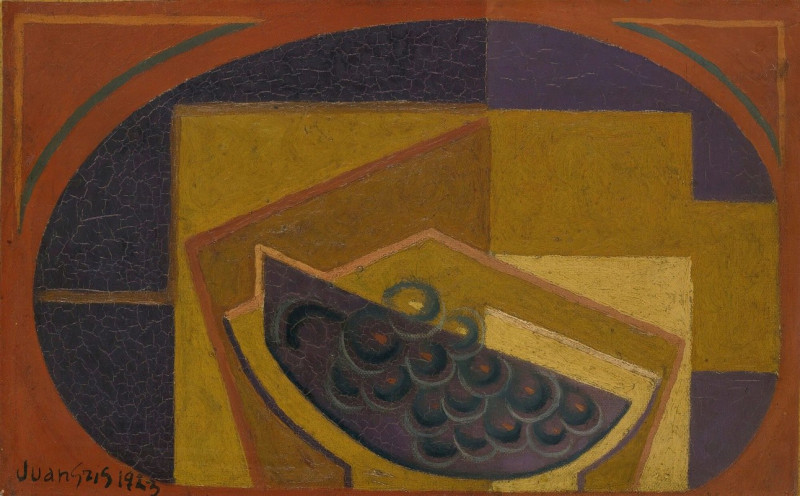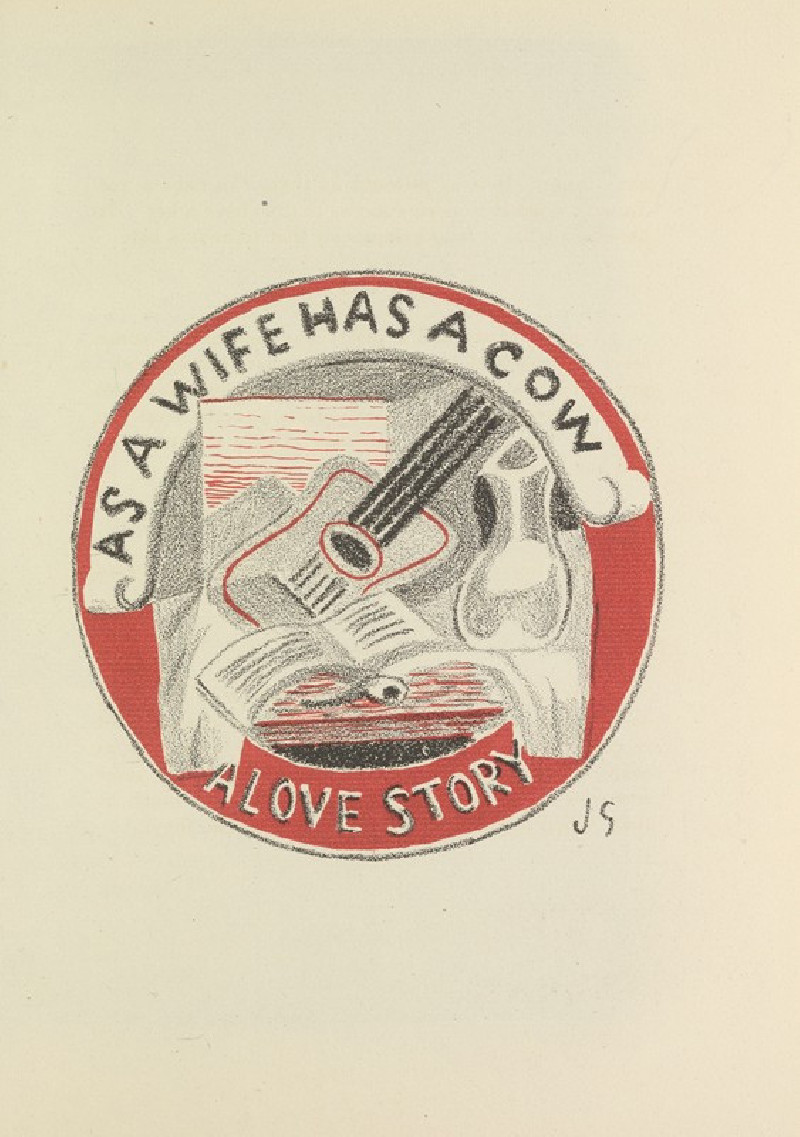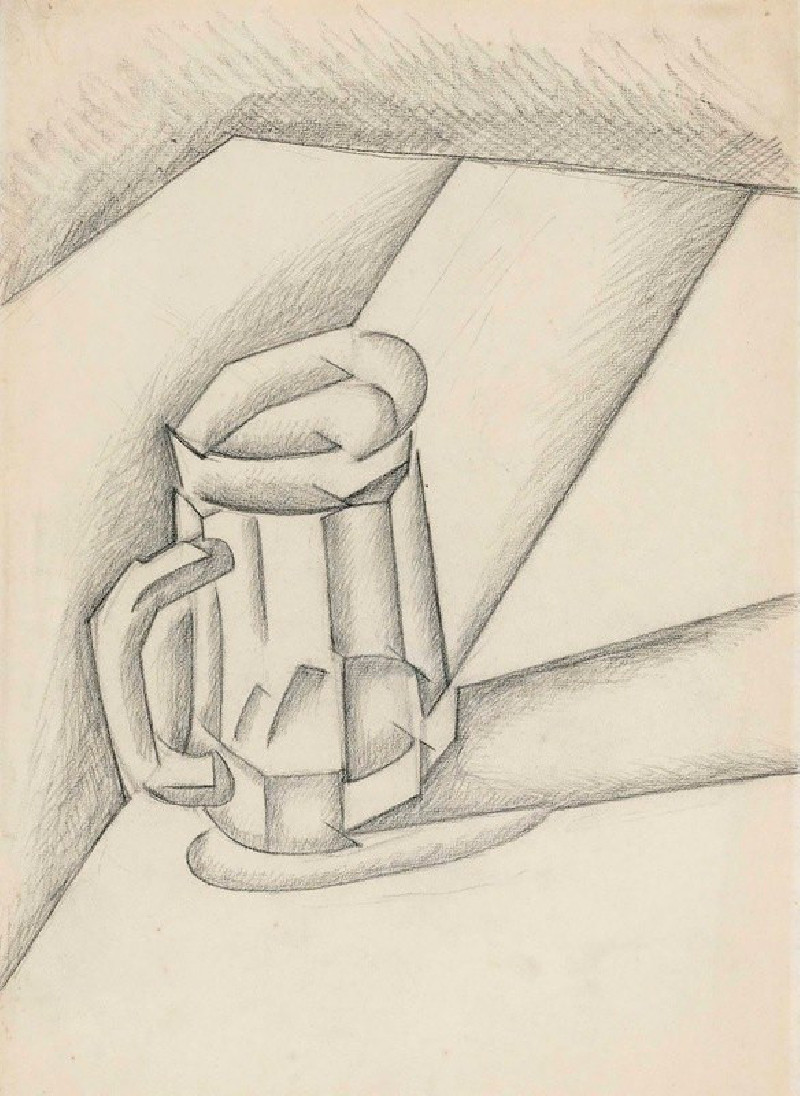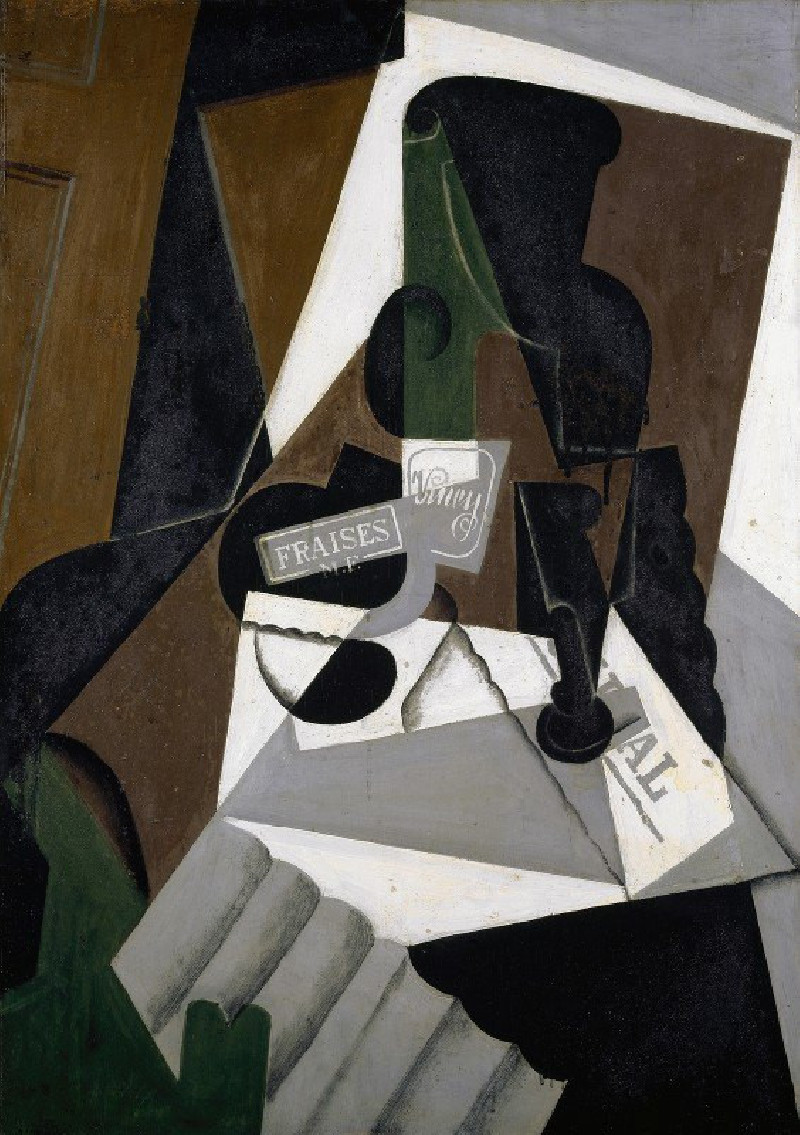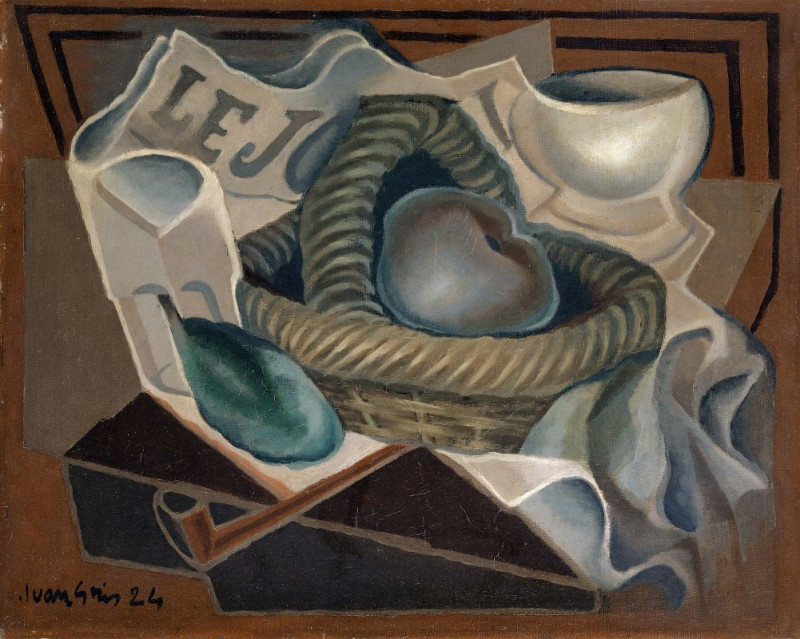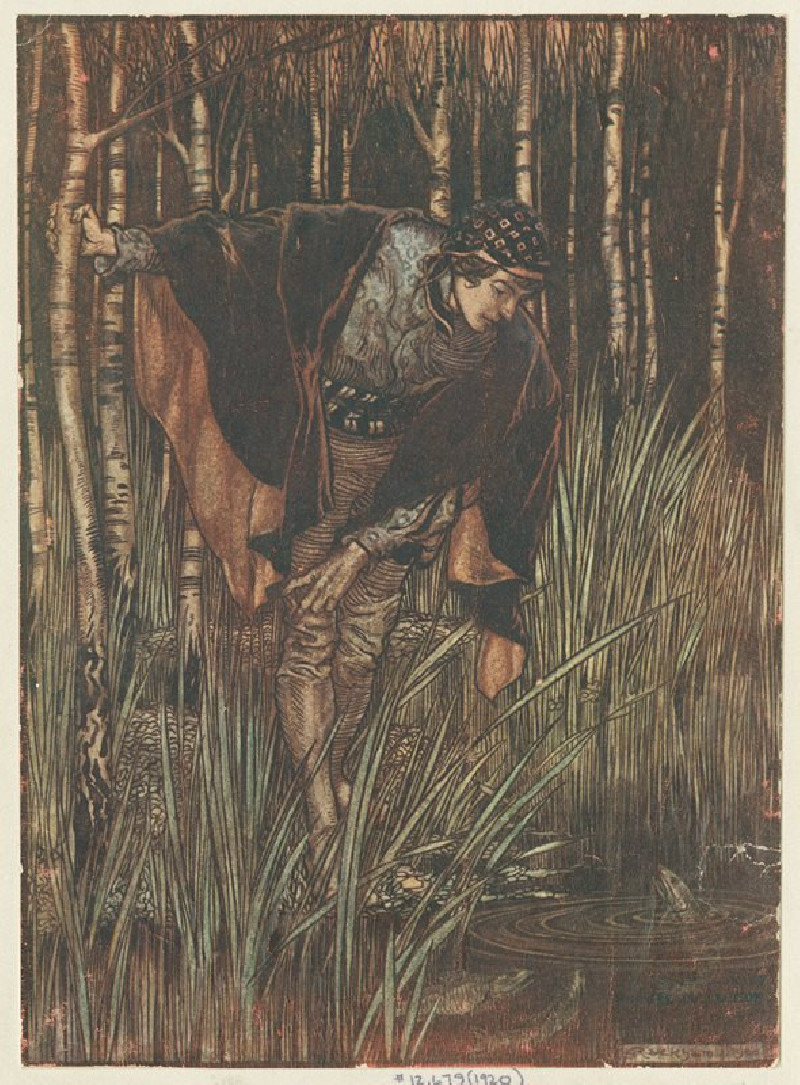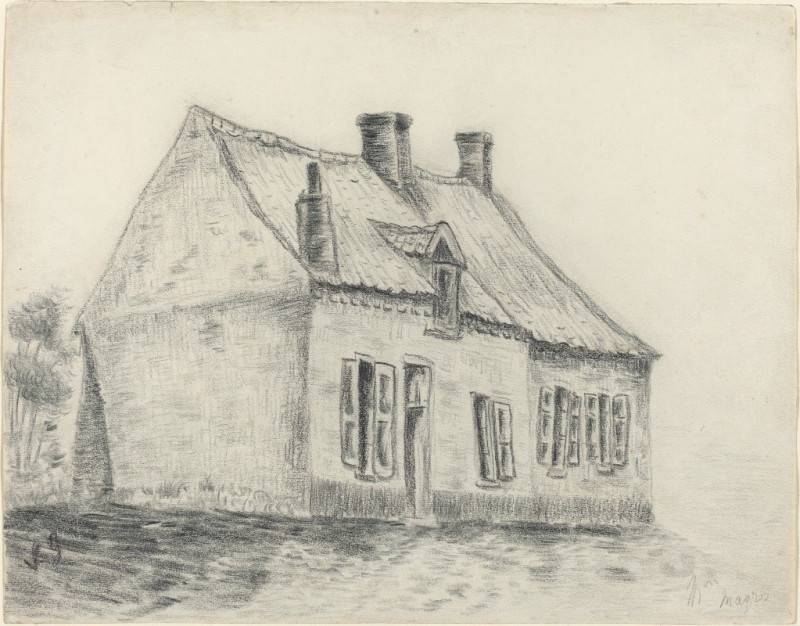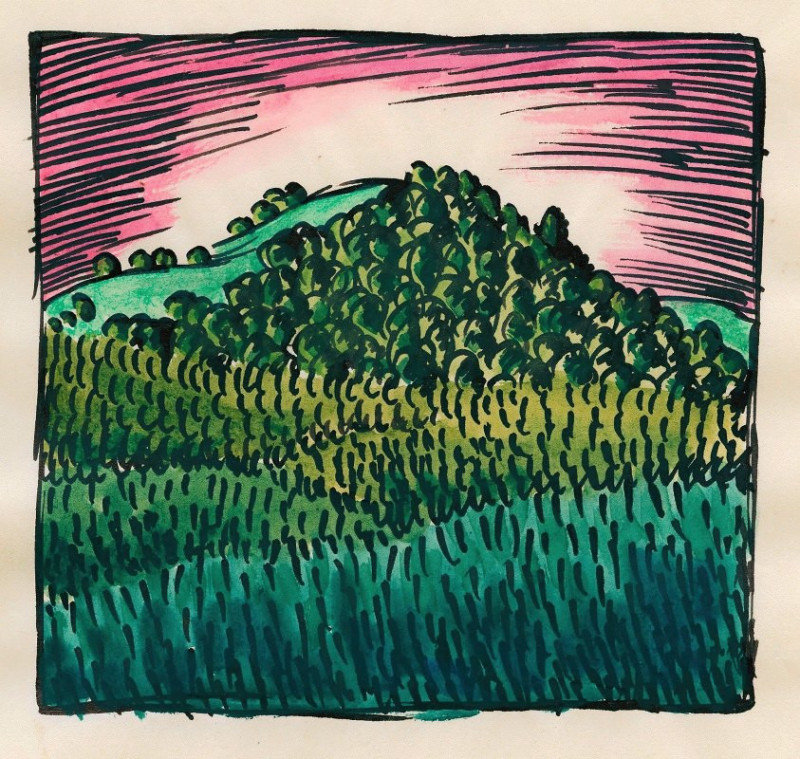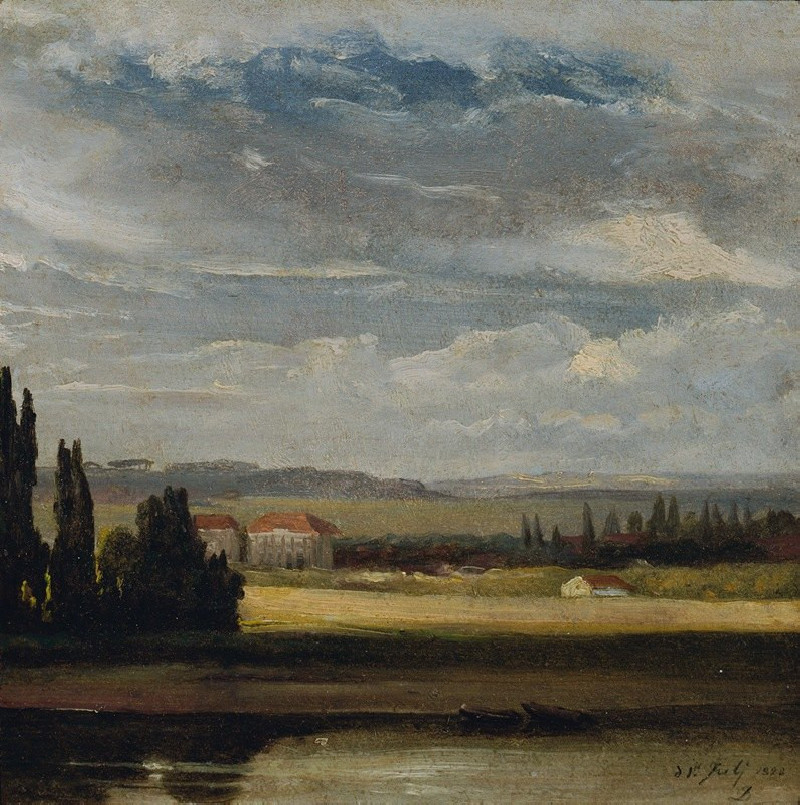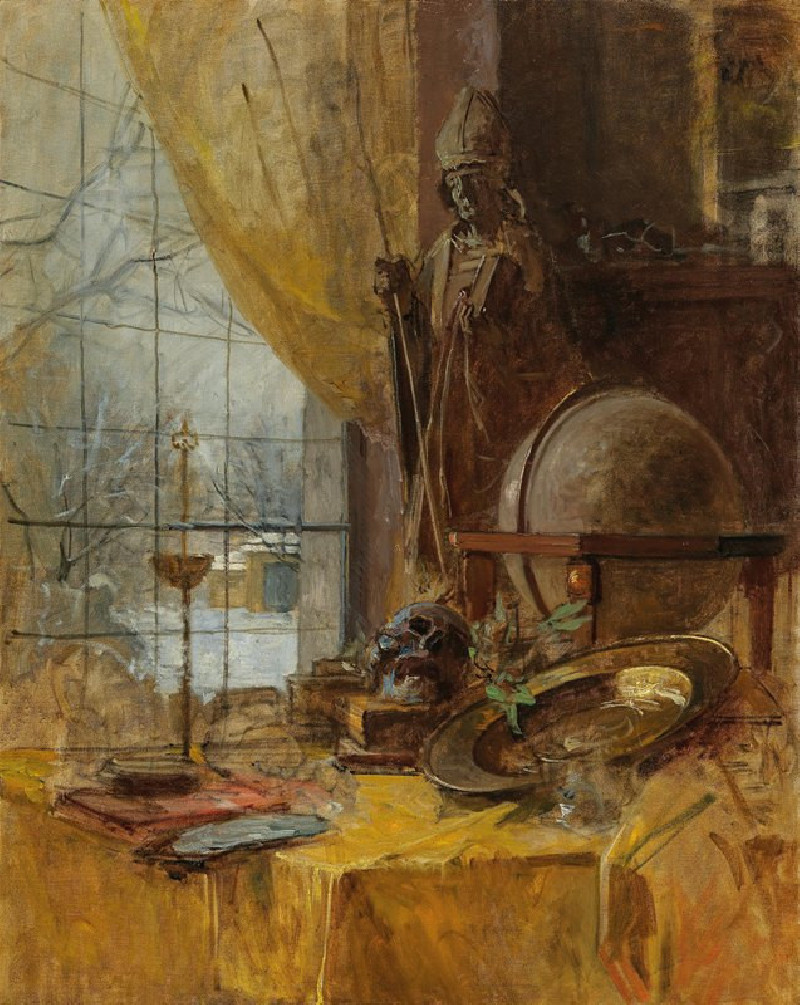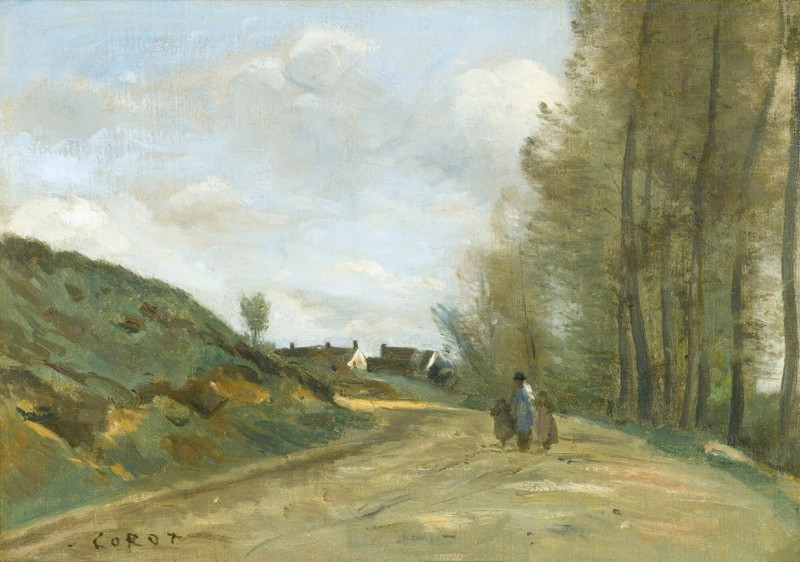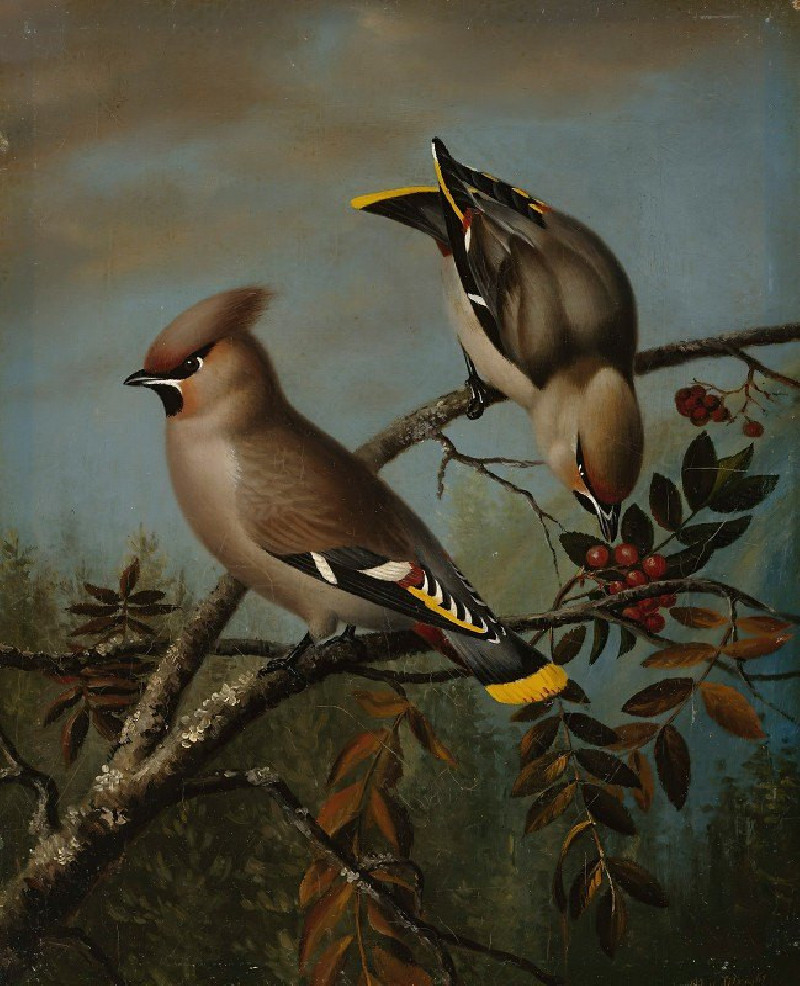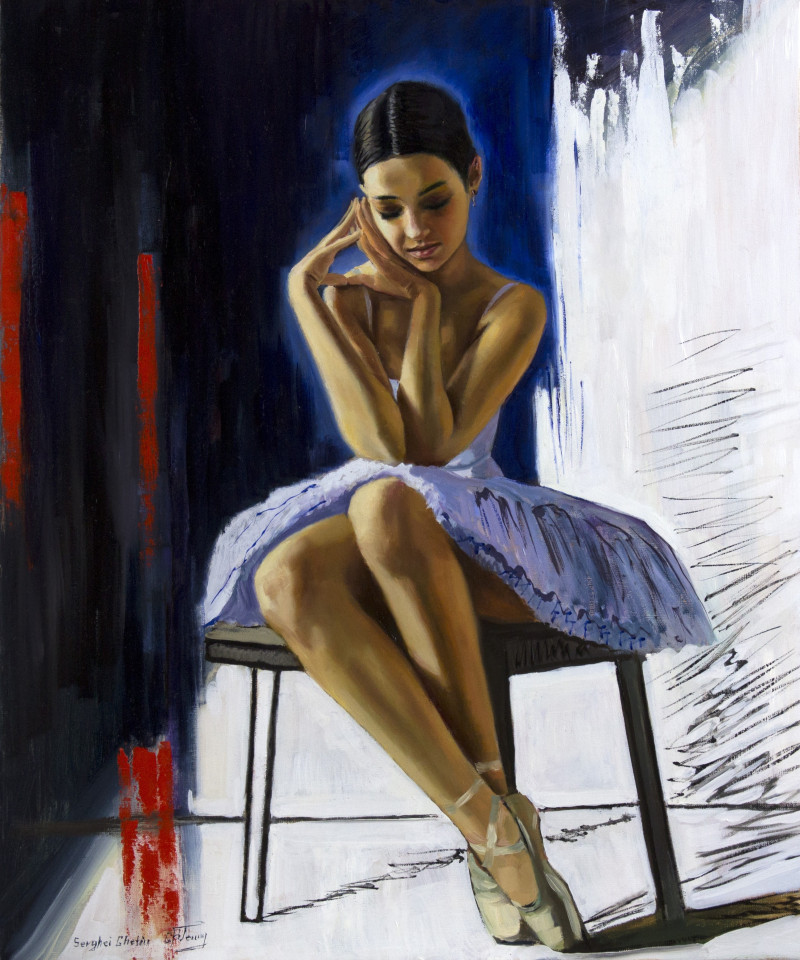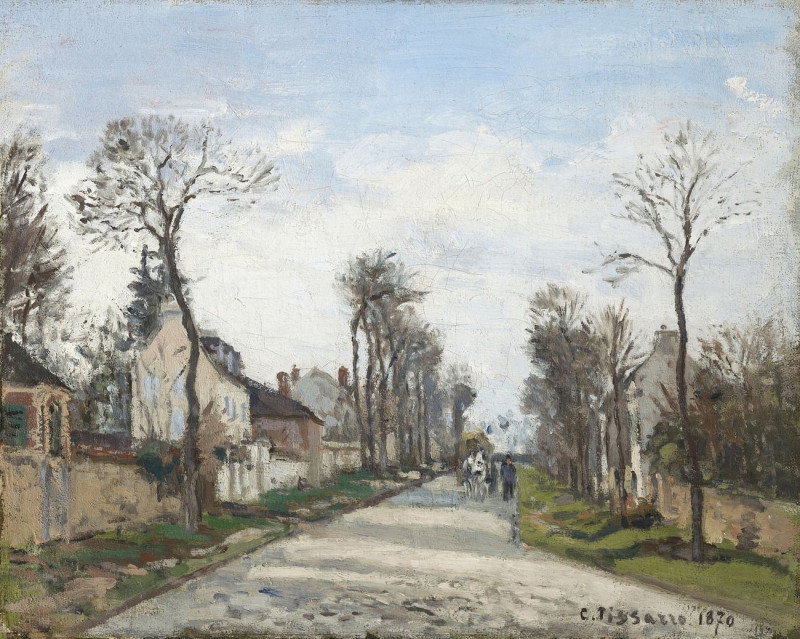Nature Morte Au Vase De Roses (1923)
Technique: Giclée quality print
Recommended by our customers
More about this artwork
Juan Gris, a pivotal figure in the development of Cubist art, showcases his distinctive approach to still life in this intricate piece titled "Nature Morte Au Vase De Roses." Created in 1923, this artwork transcends traditional perspectives, presenting everyday objects with a fragmented yet harmonious composition.The painting delicately balances lines and forms, encapsulating a vase of roses. Although the elements appear abstract, their essence is captured through a series of overlaid geometric shapes and shades. Gris’s technique articulates the depth and texture typically associated with a bouquet, using a monochromatic palette that tactfully shifts from deep blacks to subtle grays. The use of pencil and charcoal allows for precise contours and soft gradients, giving the floral arrangement a dynamic yet ethereal presence against the rough texture of the paper.Gris's work in "Nature Morte Au Vase De Roses" exemplifies his skill in distilling and reassembling the visual world with a unique, introspective aesthetic.


